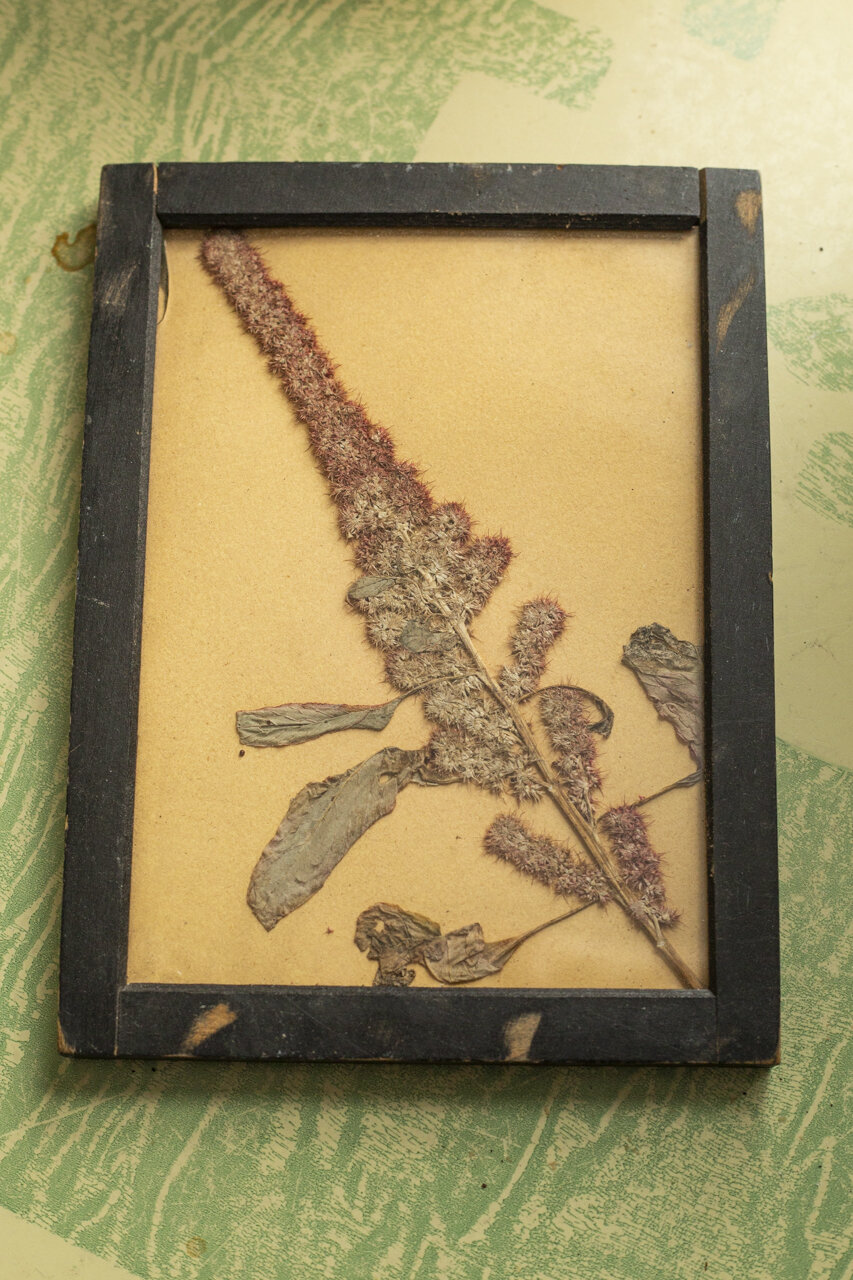Over the past few years, I have been exploring 19th century photographic Techniques that don’t require a dark room. The Anthotype is one I have fallen in love with, and have experimented with a great deal.
Feathers I’ve saved from the various Parakeets my Father & Stepmother have owned.
Goldfinch feathers I found while gardening last fall.
Feathers from my chickens.
The emulsion used in this series is a dye created from boiling onion skins.
To get the desired color, I soaked and dried the paper multiple times. I then used materials collected from nature to create contact prints.
Long needle pine spray.
Christmas Fern I collected on a hike in late winter.
Yellow foxtail.
After developing in the sun (sometimes as long as a month or two in the winter), I am left with a ghostly impression.
The pigment doesn’t last very long on the paper, and the prints are subject to fade quickly, so the images that are made have a temporary and fleeting nature.
Some spring wildflowers.
Elephant head amaranth, grown from seed.
Red clover.
Below are some behind the scenes shots of images in the contact print frames.












